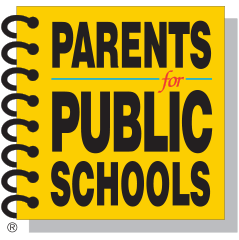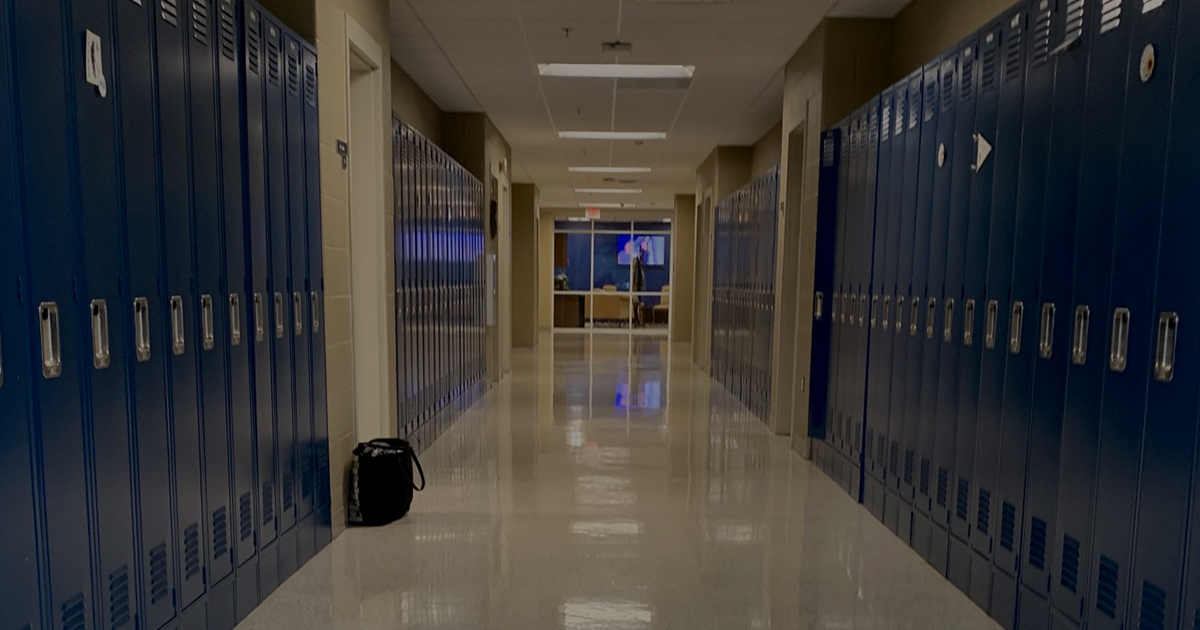The events of this year have been unprecedented. From shutdowns, to quarantines, to mask mandates, COVID-19 has impacted so many areas of our daily lives until this new normal has become quite intrusive. One area that has been deeply affected by all of this is our nation’s public schools. Our school systems have been transformed by this pandemic and student achievement has suffered gravely as a result.
In early March, school districts across our country shut down immediately and scrambled to provide virtual platforms to ensure students were able to continue their learning. In many instances, teachers and students were simply surviving this new environment, and there were many issues connected to the last minute rush to digital learning. However, educators and students persevered and finished the year with much uncertainty about the fall.
Over the course of the summer, administrators and district level officials spent countless hours in virtual meetings to prepare for the start of school. In many instances, the decision was to continue down the path of remote learning because safety was important—both for staff and for students. However, many districts created plans for hybrid schedules or developed ideas for returning to traditional face to face instruction. Whatever decision was made, one thing remains resoundingly clear. Digital learning is not working for many students across our nation. Those students who already had learning deficits find themselves in an abyss of confusion and the services available to them are oftentimes limited due to COVID restraints. Students who faced inequities as it relates to resources find themselves even further isolated.
Remote learning, although it provides safety measures during the current pandemic, has not been as successful as many would like. “From coast to coast, school districts that have primarily served students via remote learning are seeing dramatic increases in the number of failing or near failing grades on students’ quarterly report cards and progress reports.” (Sawchuk 2020).
Although this information is alarming and somewhat dismal, there is some hope for the future. Districts across the nation are rethinking how to best serve students during this time and are working to combat the problem one day at a time. “In districts where a significant portion of students are struggling, leaders are already trying to plan how to help them catch up.” (Sawchuck 2020).
For more details on student achievement during the pandemic, click here.
Works Cited
Sawchuk, S. (2020, December 11). Should Schools Be Giving So Many Failing Grades This Year? Retrieved December 14, 2020, from https://www.edweek.org/leadership/should- schools-be-giving-so-many-failing-grades-this-year/2020/12

